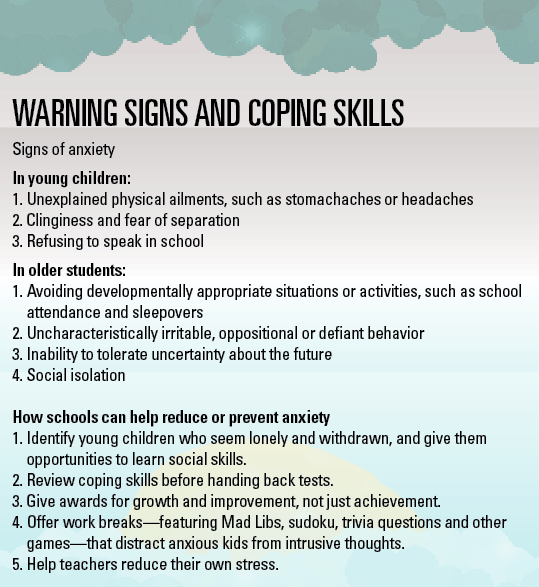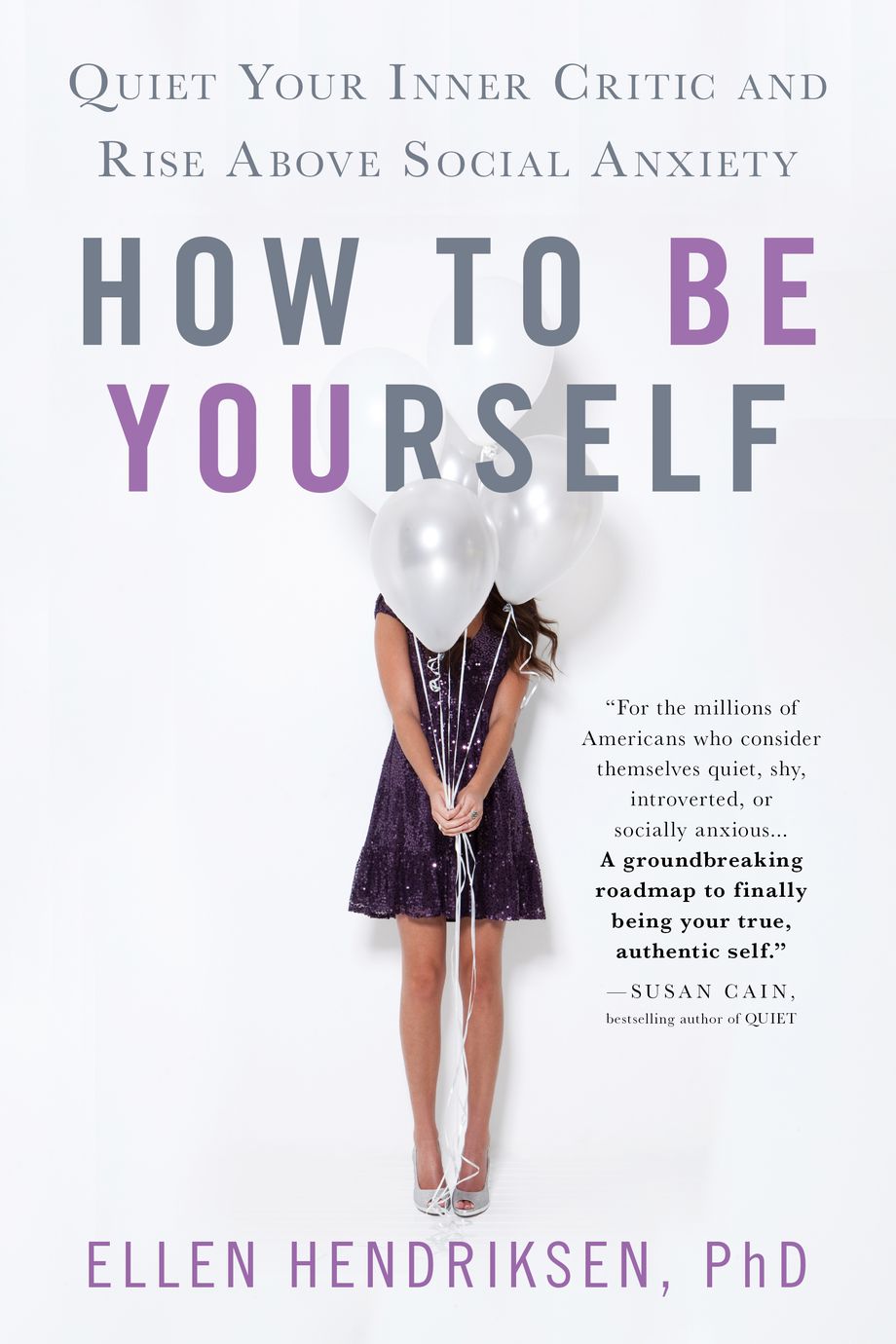 National data indicates that about one-third of teenagers will experience an anxiety disorder, with 8 percent seriously impaired. Research and anecdotal evidence suggest that these numbers, higher than in decades past, reflect a real increase, not just a rise in reporting.
National data indicates that about one-third of teenagers will experience an anxiety disorder, with 8 percent seriously impaired. Research and anecdotal evidence suggest that these numbers, higher than in decades past, reflect a real increase, not just a rise in reporting.
“For the first time, teens are more stressed than their parents are,” says Jonathan Dalton, a psychologist who directs the Center for Anxiety and Behavioral Change, a private treatment facility in Maryland. “It used to be ‘Enjoy your childhood. When you get to be an adult, you have mortgages and jobs.’ And now, for the first time ever, it’s flipped.”
Anxiety is also starting younger, experts say. Where students might once have worried over junior-year testing, “now you’re seeing kids—in third, fourth and fifth grade—who are worrying about being kidnapped, they’re worrying about germs,” says psychologist Philip C. Kendall, who directs Temple University’s Child and Adolescent Anxiety Disorders Clinic.
In younger children, anxiety may manifest as clinginess or stomachaches; older children may report feeling overwhelmed. Some anxious children withdraw; others become aggressive or oppositional. And some refuse to go to school at all.
 Untreated anxiety has immediate academic consequences: Students battling their fears have little mental space left for learning algebra. But the impact can outlast the school day.
Untreated anxiety has immediate academic consequences: Students battling their fears have little mental space left for learning algebra. But the impact can outlast the school day.
Forty-five percent of students who refuse to attend school never graduate, Dalton says, while Kendall notes that teens with untreated social anxiety are over six times more likely to have substance abuse problems as adults.
Educators and psychologists offer differing theories for the apparent increase in anxiety levels—from family dysfunction to the rise of social media to the heightened competition for admission to elite colleges (see online sidebar). Whatever the explanation, school officials increasingly realize they must address the problem.
To combat this damaging new reality, districts often begin by making students’ emotional health an explicit priority.
Last fall, after parents in the 4,800-student Hamilton School District, west of Milwaukee, raised concerns about student stress, the district incorporated social and emotional wellness into its strategic plan.
“It’s always kind of been in the background, but we put it front and center,” says Paul Mielke, superintendent of the affluent, high-performing district. The next step is creating structures to support teachers, whose training seldom includes mental health but who find themselves on the front lines of the anxiety problem.
Excerpted from “How K-12 IS Outwitting Anxiety.”Read the full article in District Administration online.
Source: District Administration | How K-12 is Outwitting Anxiety, https://districtadministration.com/how-k12-is-outwitting-anxiety |© 2019.District Administration
A screening can help you determine if you or someone you care about should contact a mental health professional. Care Coordinators can arrange a free 30 minute Care Consultation so you can explore options with an expert. Call or email our Care Coordinators at 650.688.3625 or careteam@testing.chconline.org to set up an initial Consultation appointment.




